________________________________________________________________________________
New Holland Workmaster 40 Troubleshooting
Workmaster 40 Engine Troubleshooting
Engine starts hard or will not start: Clogged fuel filter. Change the filter element. There is air in the fuel system. Bleed the system. Fuel injection nozzles are damaged or dirty. Check and replace nozzles if required. Fuel injection pump is defective. Repair or install a new fuel pump.
Engine shuts off while running: Fuel injection pump timing is wrong. Adjust as recommended. Clogged fuel filter. Service the filter. Coolant temperature is low. Warm up to required temperature.
Engine starts and stops suddenly: Fuel filter plugging. Replace filter element. Fuel injection pump malfunctioning. Repair or install new pump. Clogged air filter. Replace air filter element.
Engine is overheated: Radiator fins are dirty or radiator cap is defective. Install new cap or clean radiator. Low engine coolant. Add coolant fluid to cooling system and also check it for leaks. Fan belt slipping or worn. Fan belt must be replaced. Insufficient engine oil. Checking oil level and add if necessary.
Loss of engine power: Clogged injection nozzle. Check and replace nozzles if required. Dirty fuel lines or hoses. Fuel hoses and lines must be clean. Air filter clogged. Replace air filter element. Damaged cylinder-head gasket. Replace the gasket as required.
Engine noise or knocking: Engine not warmed up. Warm up to required temperature. Not enough engine oil. Fill the crankcase with engine oil. Fuel injection pump timing is wrong. Adjust according to specifications. Broken or worn pistons. Replace the pistons. Connecting rod misalignment or failure. Need to replace or align the connecting rod.
Engine shuts off while idling: Incorrectly set low idle speed. Test and adjust. Valve clearance is wrong. Adjust valve clearance. Faulty fuel injection pump. Repair or install new pump.
Oil pressure is insufficient: Oil level is low. Need to add oil. Defective oil pump. Repair or replace. Oil filter is dirty. Service or replace engine oil filter.
Workmaster 40 Transmission Troubleshooting
Transmission is excessively noisy: Gears are damaged or backlash is incorrect. Adjust backlash correctly or replace the gears. Worn or bent gear shift forks. Replace the shift forks. Shaft splines are worn or stuck. Install a new shaft. Insufficient transmission oil. Fill the transmission housing to proper oil level. Worn or broken bearings. Replace faulty bearings. Transmission oil is dirty. Transmission oil change required.
Hard to shift gears: Gear shift linkage is worn or rusty. Shift linkage need to be replaced. Clutch is out of adjustment or defective. Change or adjust clutch. Shift forks are bent or worn out. Shift forks need to be changed. Worn parts of the gear shifting mechanism. Change worn parts.
Lack of transmission oil pressure: Insufficient transmission fluid. Check and refill the transmission fluid. Transmission oil filter element clogging (if equipped). Clean or change transmission oil filter. Relief valve malfunction. Install a new relief valve.
Transmission oil leaking: Broken seals or gaskets. Change defective gaskets or seal. Transmission oil level is exceeded. Correct the oil volume.
Hydrostatic Transmission Troubleshooting
Hydrostatic transmission is making noise: Speed control pedal linkage is bent or not adjusted. Adjust or repair linkage. Excessive transmission load. Reduce transmission load. Dirty transmission fluid or insufficient fluid level. Fill to required level or change the fluid. Relief valve is stuck. Replace relief valve. Defective or worn transmission parts. After disassembling and inspection, change defective components.
Transmission fluid overheats: Transmission overload. Reduce the load is required. Cooling components are clogged or damaged. Check all cooling components and change or clean if required. Transmission oil insufficient. Fill up the transmission oil. Clogged transmission fluid filter. Replace or service transmission fluid filter.
Loss of power: Transmission oil level is low. Need to add transmission oil. Relief valve is stuck. Change the valve. Bent or unadjusted speed control pedal linkage. Adjust or change linkage.
External fluid leaks: Oil return tube is plugged. Clean or replace the tube. Worn seals or gaskets. Seals and gaskets need to be replaced. Internal transmission housing pressure is too high. Change defective components.
Workmaster 40 Hydraulics Troubleshooting
Hydraulic system overheats: Wrong hydraulic fluid type. Pour the proper type of fluid. Hydraulic fluid is contaminated. Fill up with new hydraulic fluid. Air trapped in hydraulic system. Bleed air from system. Main relief valve malfunctioning. Install a new relief valve.
Low hydraulic fluid pressure: Hydraulic oil level low. Checking hydraulic oil level and add if necessary. Dirty hydraulic oil filter element. Replace hydraulic filter element or service if necessary. Leaking hydraulic lines. Inspect the system for leaks and fix it. Hydraulic control valve block is set improperly. Set properly. Hydraulic pump failure. Install a new hydraulic fluid pump. Defective hydraulic cylinder. Replace or repair hydraulic cylinder.
Hitch not lifting or hitch lifts slowly: Faulty hydraulic pump. Repair or replace hydraulic fluid pump. Main relief valve malfunction. Change relief valve. Hydraulic control valve is faulty. Replace or repair the valve. Hydraulic cylinder not working. Replace or repair hydraulic cylinder. Hydraulic fluid is insufficient. Add fluid as required. Clogged hydraulic oil filter. Change hydraulic filter element or clean if necessary. Excessive hitch loading. Load needs to be reduced.
3-point hitch won't lower or lowers slowly: Hydraulic cylinder failure. Install a new hydraulic cylinder or repair it. Not adjusted hydraulic control valve. Need to adjust. Worn hitch rock shaft. Install a new shaft. Hitch is out of adjustment. The 3-point hitch must be adjusted.
Hitch lifting or lowering is jerky: Hydraulic oil contamination. Change the oil. Hydraulic pump not working. Install a new hydraulic fluid pump. Air in hydraulic pipes. Bleed hydraulic pipes. Hydraulic control valve is faulty. Repair or change the valve. Defective hydraulic cylinder. Repair or replace hydraulic cylinder.
Workmaster 40 Steering System Troubleshooting
Excessive steering wheel free play: Worn steering column shaft or coupling. Change defective part. Steering pump malfunction. Check the steering pump and replace if necessary. Loose or worn steering linkage components. Replace or repair steering linkage. Hydrostatic steering unit has wear or damage. Replace or repair steering unit as required.
Stiff steering: Air trapped inside steering system. Bleed air. Clogged steering filter. Clean or change steering filter. Steering oil level is insufficient. Checking steering oil level and add it if necessary. Defective or worn hydrostatic steering unit. Inspect and change as required. Steering pump not working. Install a new hydraulic steering pump. Worn or stuck pump flow control valve. Install a new flow control valve or clean it. Worn or incorrectly fitted steering column. Replace the steering column or refit it correctly. Front tyres wear unevenly. Change the tyres. Incorrect toe-in. Adjust toe-in properly. Steering cylinder leaks. Damaged cylinder seals or worn piston rod.
Front wheels wander to right or left: Hydrostatic steering unit has malfunction or wear. Repair or change the steering unit. Steering cylinder is worn. Replace or repair steering cylinder. Incorrect toe-in. Adjust toe-in properly. Steering linkage parts are loose or worn. Repair or change steering linkage. Improperly adjusted or worn front wheel bearings. Install new bearings or adjust it correctly. Tyre pressure is uneven. Adjust the tyre pressure.
Workmaster 40 Electrical System Troubleshooting
Battery cannot be charged: Electrical cable connections are loose or corroded. Service or tighten connections. Faulty battery terminal clamps. Replace terminal clamps. Bad cell in battery. Install a new battery. Loose or defective belt. Belt needs to be adjusted or replaced.
Starter motor turns slow: Low battery voltage. Recharge the battery. Battery is draining quickly. Battery needs to be serviced or replaced. Bad terminals or disconnected battery cables. Connect cables properly or replace terminals.
Starter is not cranking: Battery is drained or worn. Battery needs to be recharged or replaced. Wiring is improperly connected or disconnected. Check wiring and connect properly. Low battery output. Battery needs to be recharged. Defective starter motor. Starter needs to be changed.
________________________________________________________________________________
________________________________________________________________________________
________________________________________________________________________________________
________________________________________________________________________________________
________________________________________________________________________________________
________________________________________________________________________________________
________________________________________________________________________________________
________________________________________________________________________________________
________________________________________________________________________________________
________________________________________________________________________________________
________________________________________________________________________________________
________________________________________________________________________________________

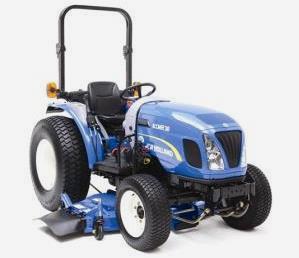 BOOMER 30
BOOMER 30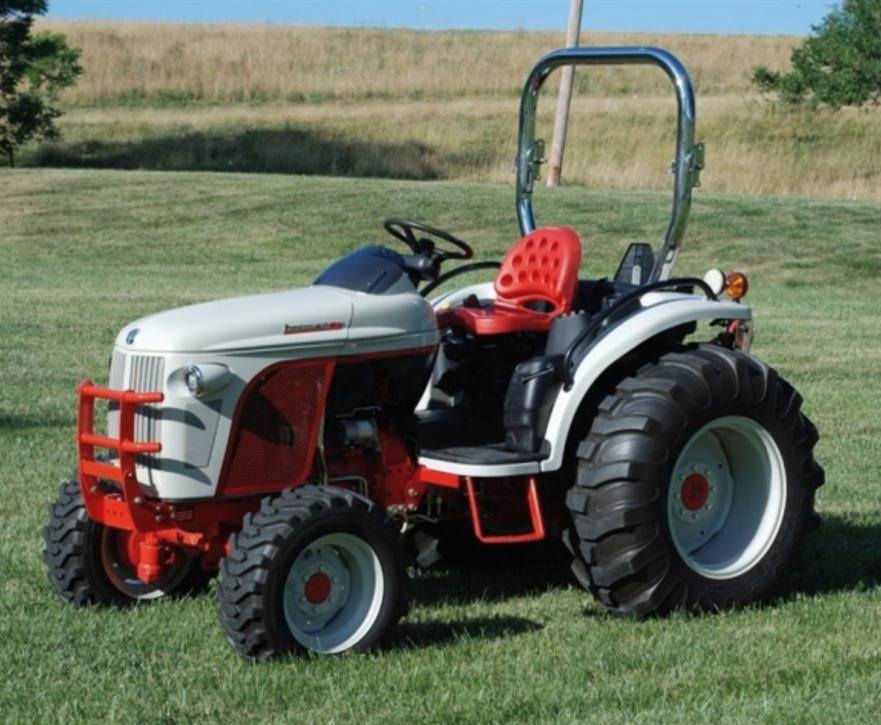 BOOMER 8N
BOOMER 8N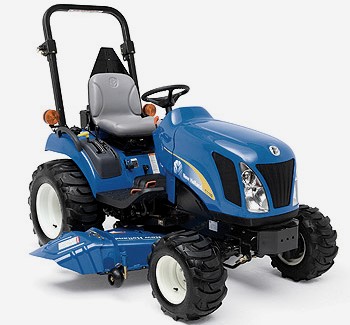 T1110
T1110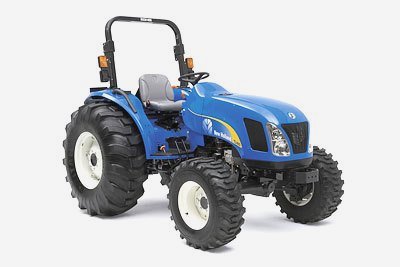 T2410
T2410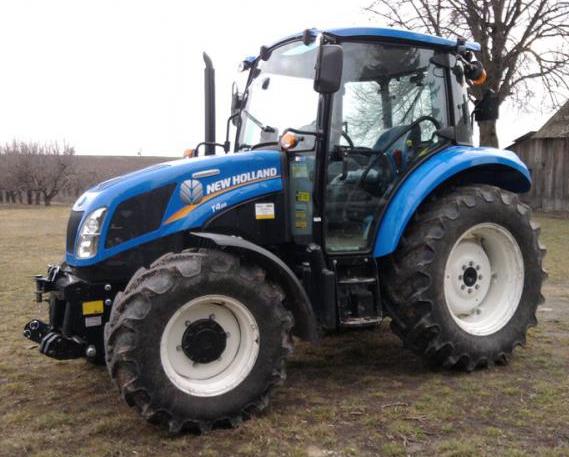 T4.65
T4.65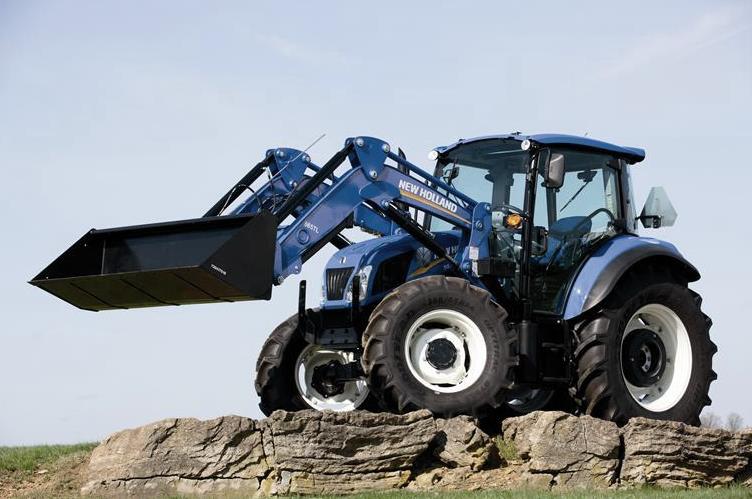 T4.95
T4.95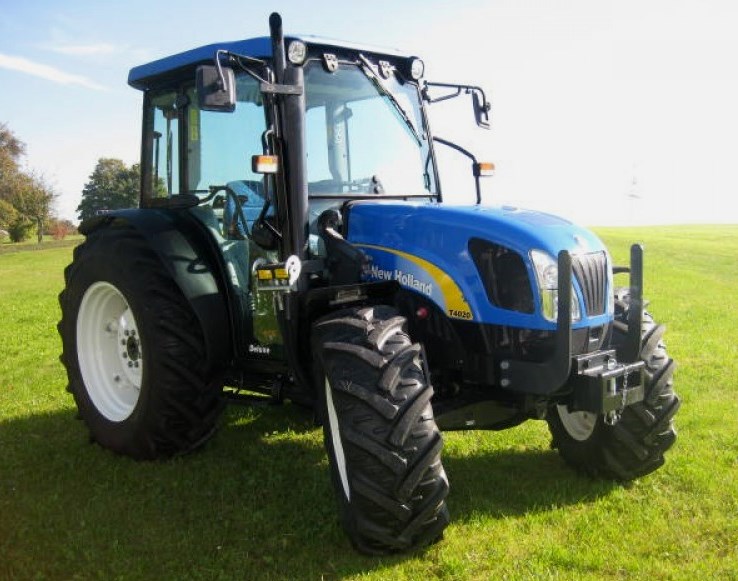 T4020
T4020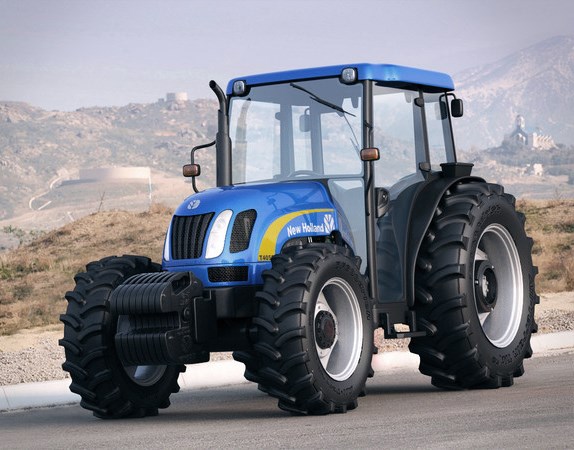 T4050
T4050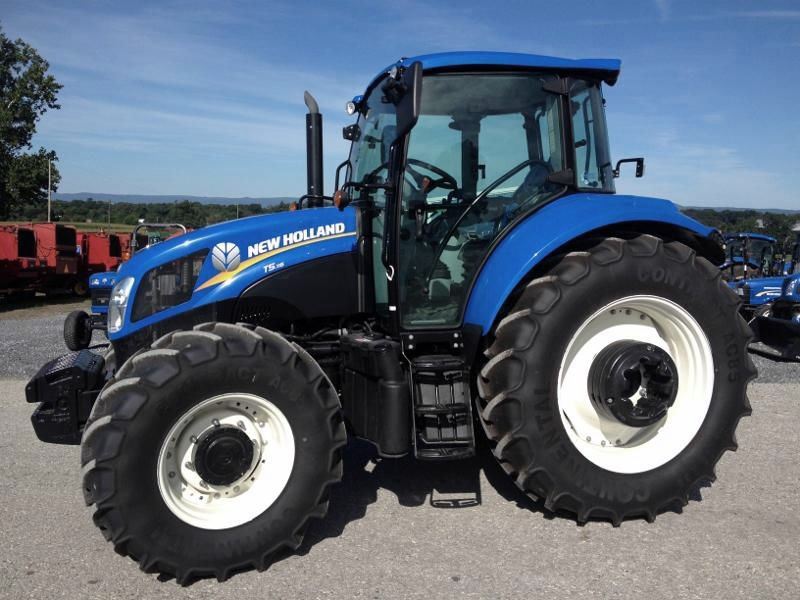 T5.105
T5.105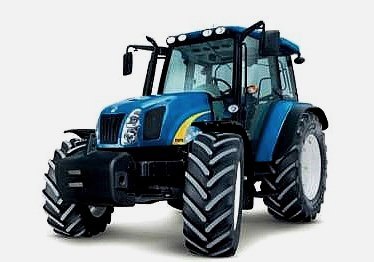 T5070
T5070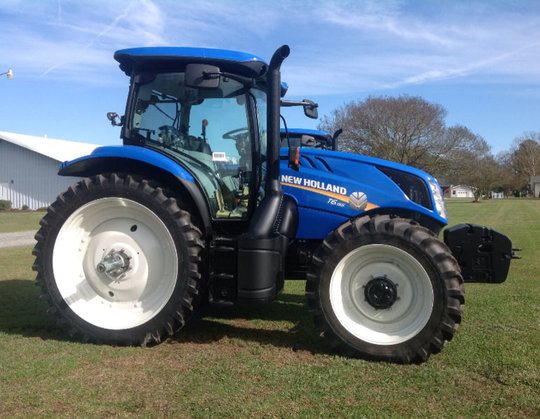 T6.155
T6.155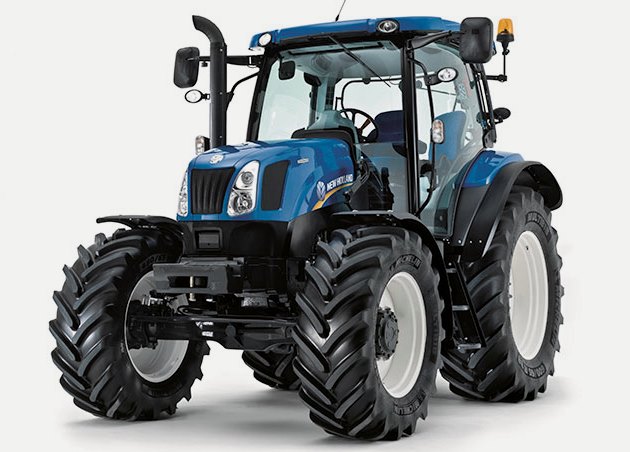 T6.165
T6.165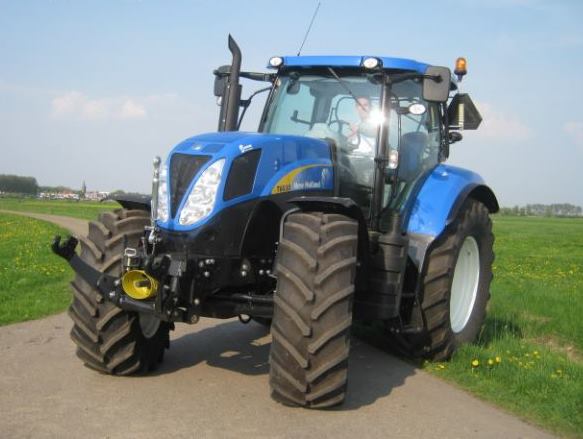 T6030
T6030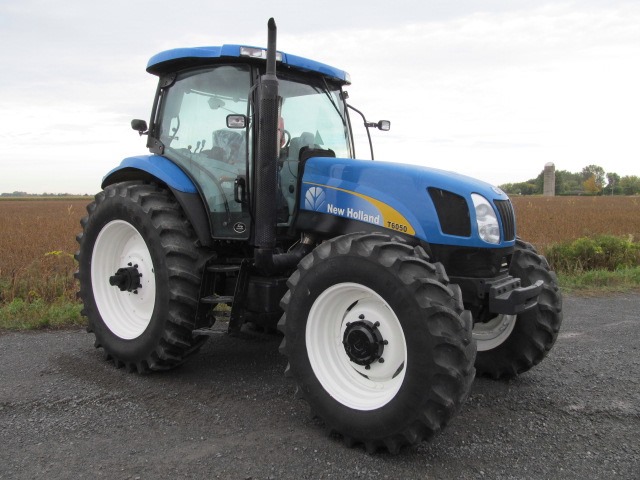 T6050
T6050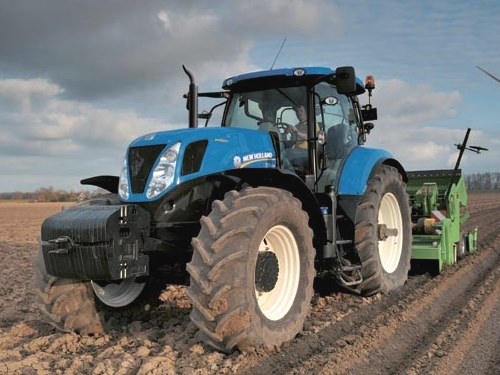 T7.185
T7.185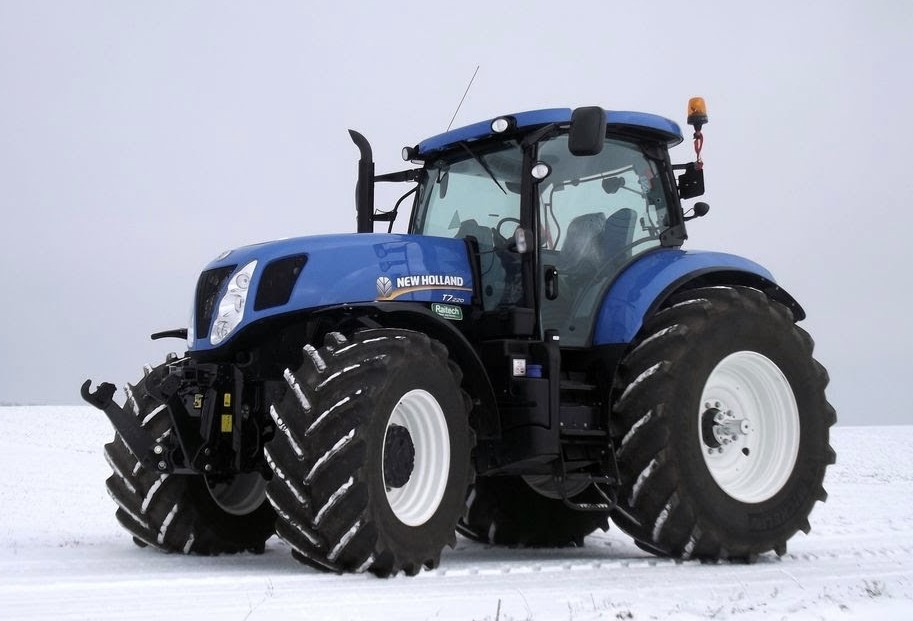 T7.220
T7.220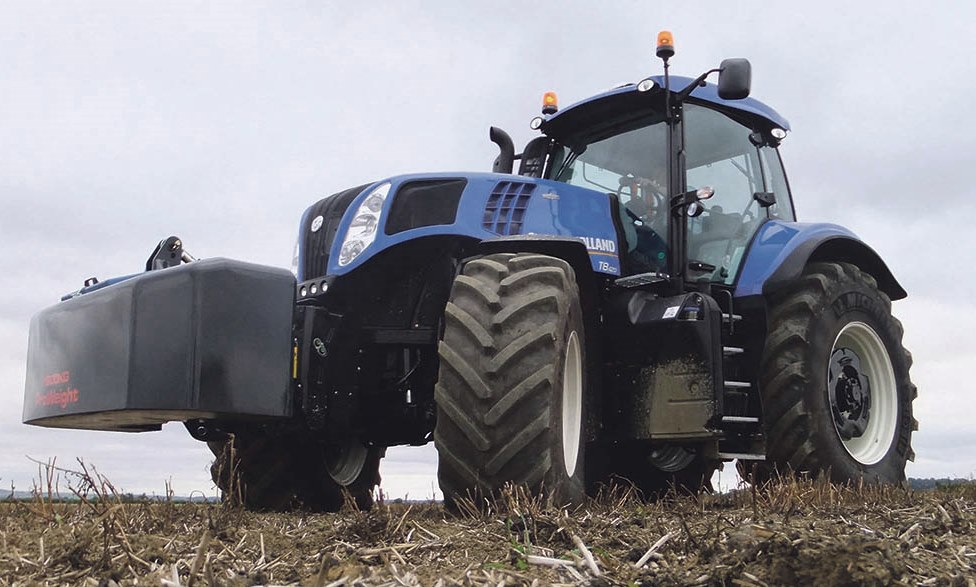 T8.420
T8.420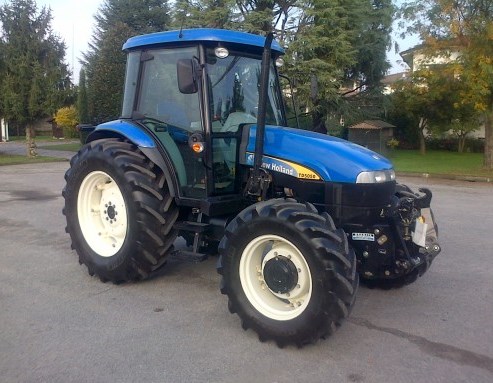 TD5050
TD5050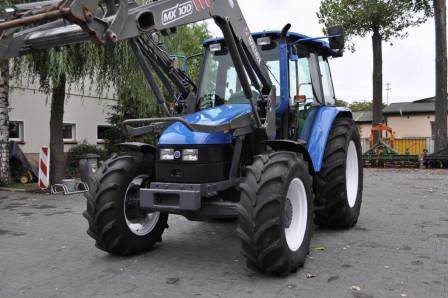 TL90
TL90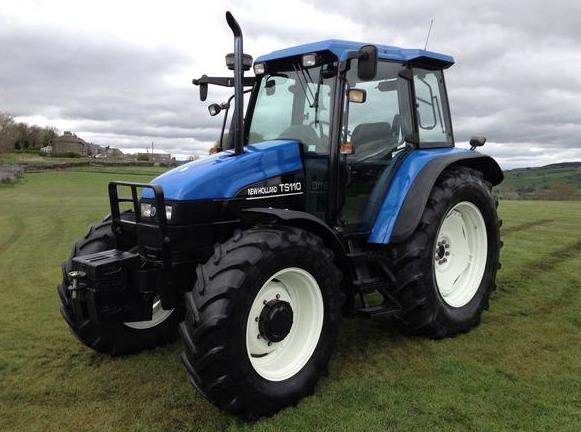 TS110
TS110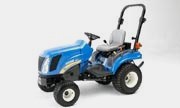 T1010
T1010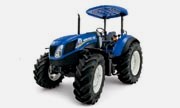 T4.80
T4.80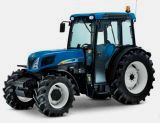 T4060
T4060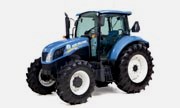 T5.110
T5.110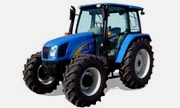 T5050
T5050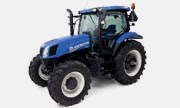 T6.150
T6.150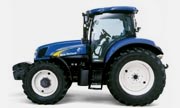 T6040
T6040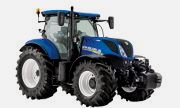 T7.175
T7.175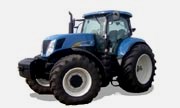 T7070
T7070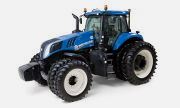 T8.350
T8.350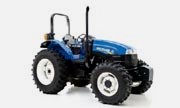 TS6.140
TS6.140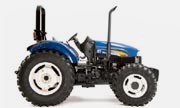 TS6030
TS6030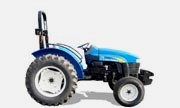 TT45A
TT45A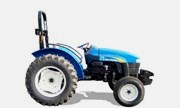 TT60A
TT60A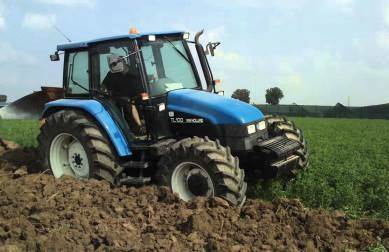 TL100
TL100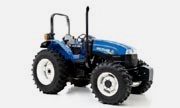 TS6.120
TS6.120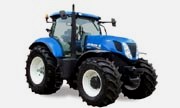 T7.260
T7.260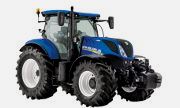 T7.245
T7.245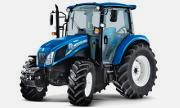 T4.120
T4.120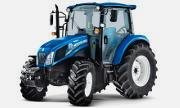 T4.100
T4.100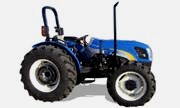 TD4040
TD4040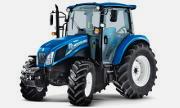 T4.90
T4.90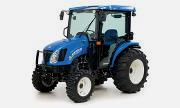 Boomer 50
Boomer 50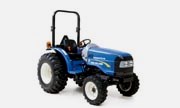 Workmaster 40
Workmaster 40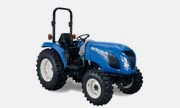 Boomer 47
Boomer 47